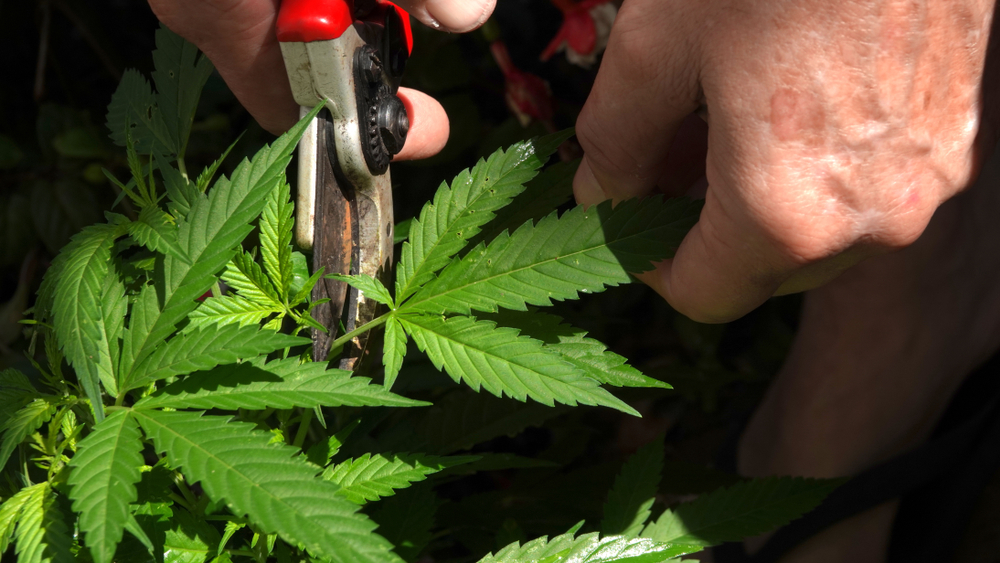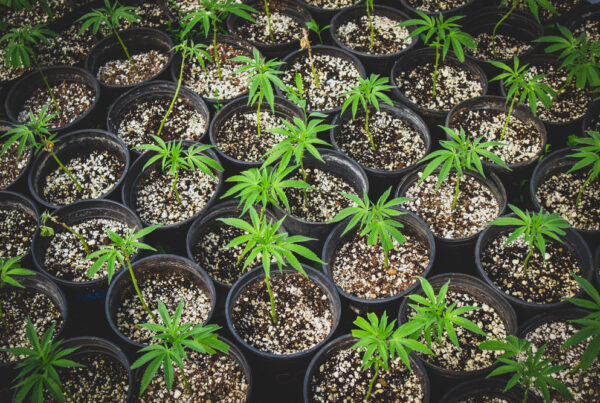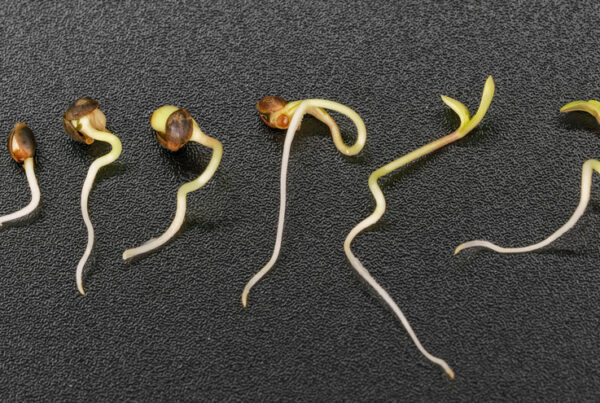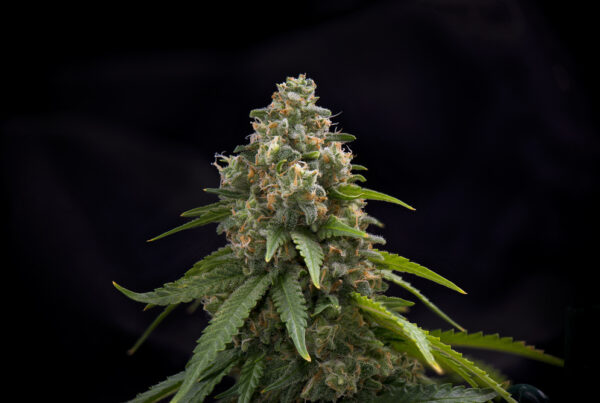When it comes to growing cannabis plants, several methods can be used to optimize growth and achieve yields. One such method is pruning. Pruning involves removing parts of a cannabis plant to encourage better development and increased potency. In this article, we will explore why pruning is essential for cultivating cannabis, the right time when it should be performed, and how to execute the process effectively.
Why is pruning beneficial for your cannabis plants?
There are a number of reasons why pruning is essential for cannabis plants:
1. Encouraging Healthy Growth:
Pruning helps redirect the energy of a plant toward its colas or bud sites by eliminating unnecessary branches or leaves that don’t receive sufficient light. This allows more nutrients to be available to support the growth of the remaining parts.
2. Enhancing Air Circulation:
Good air circulation plays a crucial role in maintaining plant health. Through pruning, you can improve airflow within the canopy by removing areas where moisture may accumulate and potentially lead to mold or mildew issues.
3. Managing Plant Shape:
For growers with vertical space, effective pruning enables them to control plant height efficiently.
A technique called shape control is employed to ensure that plants stay within their allocated space and receive adequate light.
When would be the right moment to trim your cannabis plants?
The trimming process for cannabis plants involves a number of different stages, which include the following:
1. Vegetative Stage:
During the initial phases of vegetative growth, it is crucial to establish a strong structural base for your cannabis plants. Therefore, it is recommended to commence pruning around day 14-21 after planting or germination.
2. Topping Technique:
The topping method involves removing the top part of the stem (main shoot) in order to encourage lateral branching and achieve a bushier plant structure. This technique can be applied once your plants have developed at four sets of nodes around week three or four after sprouting.
3. Fimming Method:
Prior to topping, the FIMming technique involves removing a portion of the growth instead of the entire section. Employing this trimming approach may help stimulate the growth of four branches instead of just two, as with traditional topping.
4. Lollipopping:
Lollipopping is often performed during the transition from the vegetative stage to the flowering stage— one week prior to adjusting the light cycle. This method involves the removal of side branches and leaves, allowing more energy to be directed towards the growth of buds on the upper section of the plants.
Effective tips for pruning your cannabis plants:
The following steps should help ensure the safe and effective pruning of your cannabis plants for better growth:
1. Ensure Tools are Clean and Sterilized:
Make sure your pruning tools are properly sanitized before using them on any plant. This prevents the spread of pests or diseases from one plant to another. After pruning, sanitize your tools again to prevent any diseases or infections.
2. Start with Gentle Pruning:
If you’re new to pruning, it’s best to begin with trimming until you feel more comfortable and confident with how your plants respond. Start by removing dead leaves from their base using shears or scissors, being careful not to cause unnecessary stress or hinder normal growth.
3. Be Selective in Branch Removal:
Having an understanding of different parts of cannabis plants is crucial for making informed decisions when pruning. Focus on identifying lower branches that may not be receiving light or airflow and carefully remove them from near their base.
4. Embrace Low Stress Training (LST):
Consider implementing low-stress training techniques as part of your pruning approach to nurture your cannabis plants. Using techniques employing low-stress training can greatly enhance the yield and overall health of cannabis plants. This involves bending or tying down branches towards available spaces instead of completely removing them.
Conclusion
Pruning cannabis plants is a well-established practice embraced by cultivators who seek improved yields and healthier plant growth. By pruning your cannabis plants, you can guide their development, enhance air circulation, and ultimately maximize the quality and quantity of your harvests. It’s important to be patient, understand your plants’ needs, and implement pruning methods throughout their life cycle. The rewards will undoubtedly be evident in the results you achieve with your cannabis cultivation endeavors.






